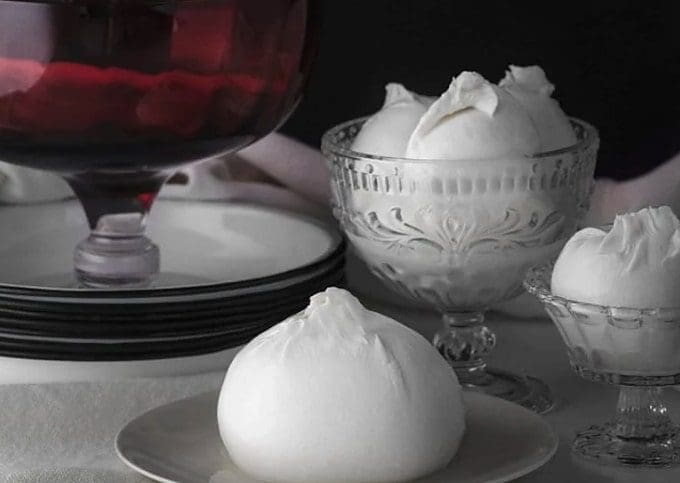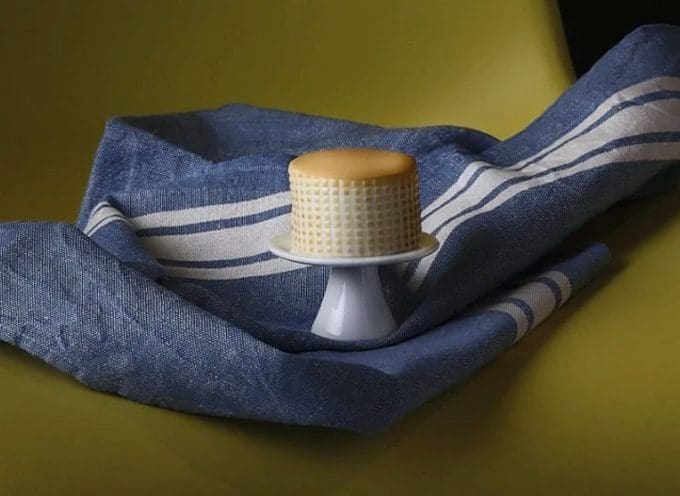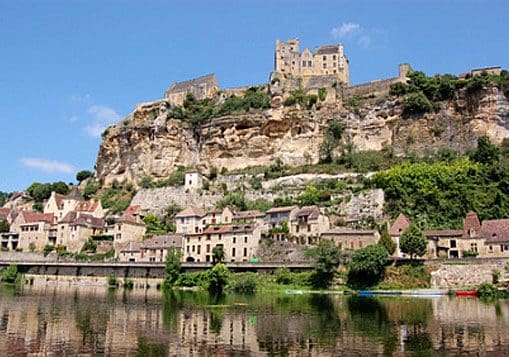words Al Woods
Burrata is an artisanal cheese, which was created in 1900 (some claim during the first half of the century, whereas others believe 1950s) by cheese monger Lorenzo Bianchino during a snowstorm which made it impossible for him to deliver milk to nearby towns.
Many cheese makers followed his steps and burrata became, and still is, one of the staples of Italian cuisine, delivered all over the world.
It appears to be very similar to her “cousin”, the famous mozzarella cheese. Both originated from Southern Italy, mozzarella in the South western region of Campania, Burrata in the South eastern region of Apulia, both made of cow milk, full of flavour, perfect with a lot of dishes.

Burrata and mozzarella: a tasty difference
There are, however, a few significant differences. Burrata outer casing is solid cheese, while the inside contains stracciatella(thin mozzarella stripes and cream), giving it a luscious, soft and creamy texture, along with a very fresh and milky flavour, which goes very well with several typical dishes of Apulia, including local shellfish recipes. It is best when eaten within 24 hours, to truly enjoy its freshness, thanks to which burrata tastes delicious with every kind of summer produce.
With its very rich, buttery flavour and different textures, burrata can add a touch of luxury to all sorts of dishes. It works really well as an appetizer, paired with bread, fresh tomatoes, olives and capers, as well as an ingredient in a main course, going particularly well with different kinds of pasta, shimps, prawns, anchovies and eggplant. It is even used to top pizza as an alternative to traditional “fiordilatte” or “buffalo mozzarella”

How to use burrata in recipes
But let’s have a look at some recipes that can be enriched by the addition of this versatile ingredient: roasted cherry tomatoes, toasted bread, fresh rosemary or basil, a drizzle of extra virgin olive oil and a sprinkle of freshly cracked black pepper can be a perfect appetizer.
As a main course, burrata can be turned into a scrumptious pasta sauce, with the addition of salmon or pawns, cherry tomatoes, pine nuts ( or even hazelnuts) and chili peppers.
Last but not least, it can also be eaten as a rather fancy and unusual – yet very tasty – dessert, by mixing burrata with berries sauce and serving cold, decorated with fresh berries and mint leaves.








